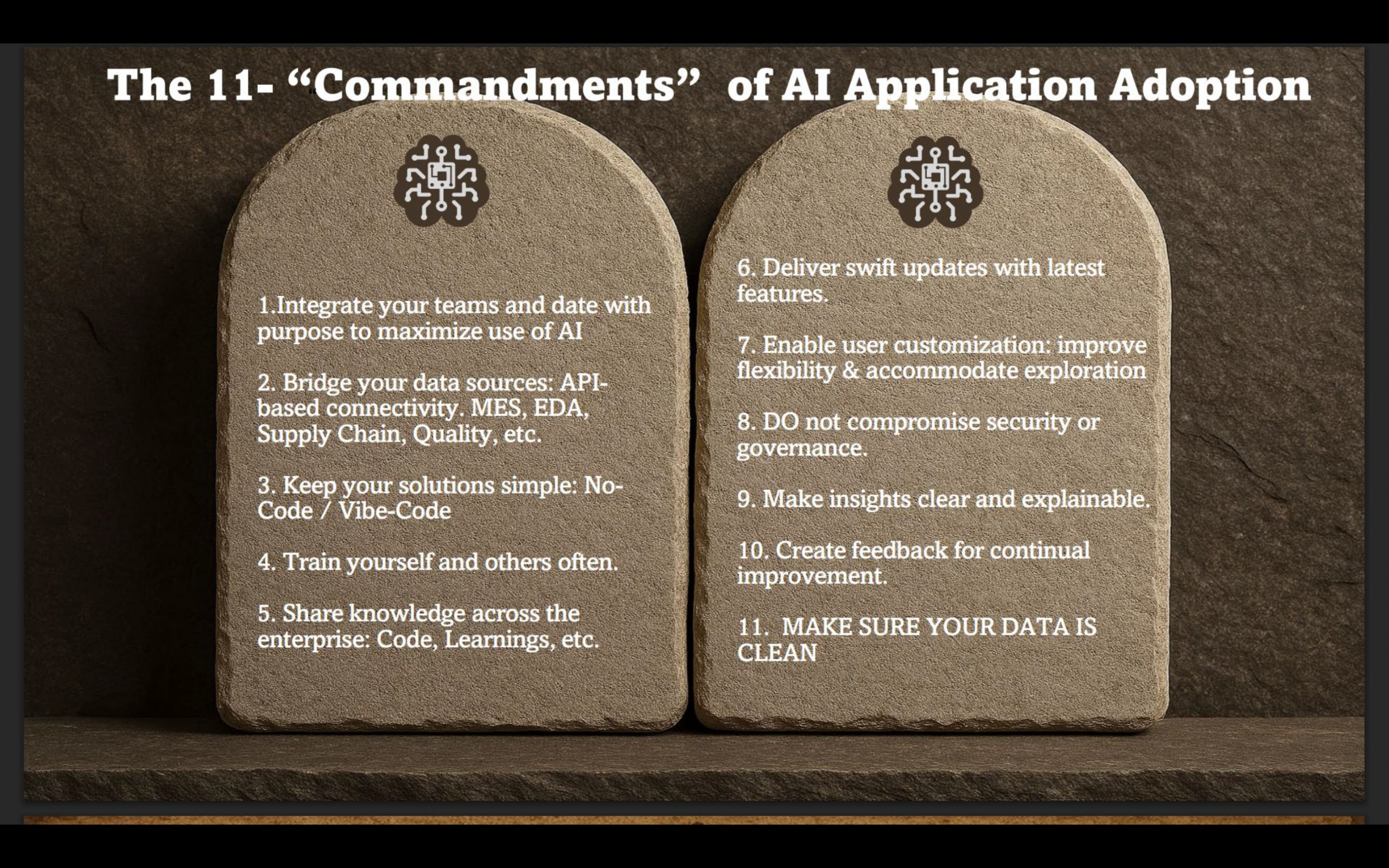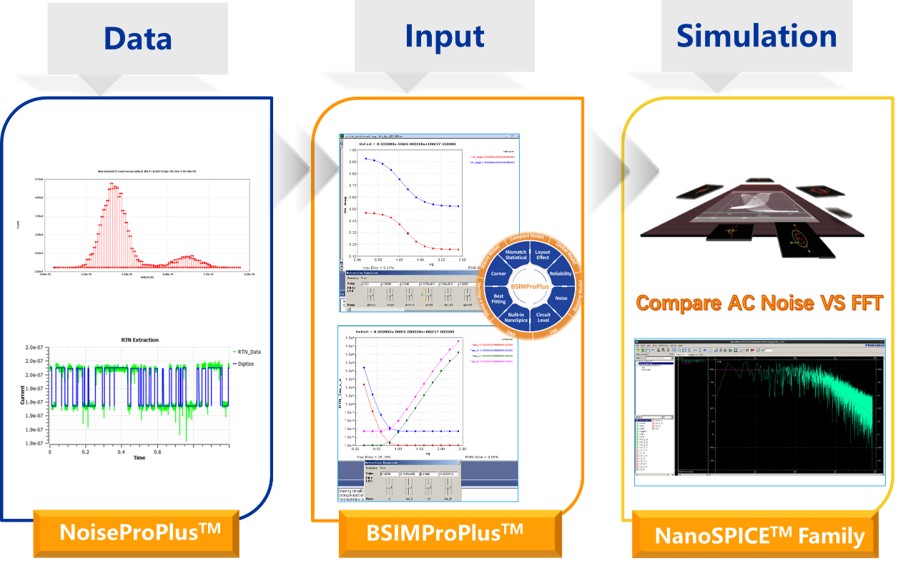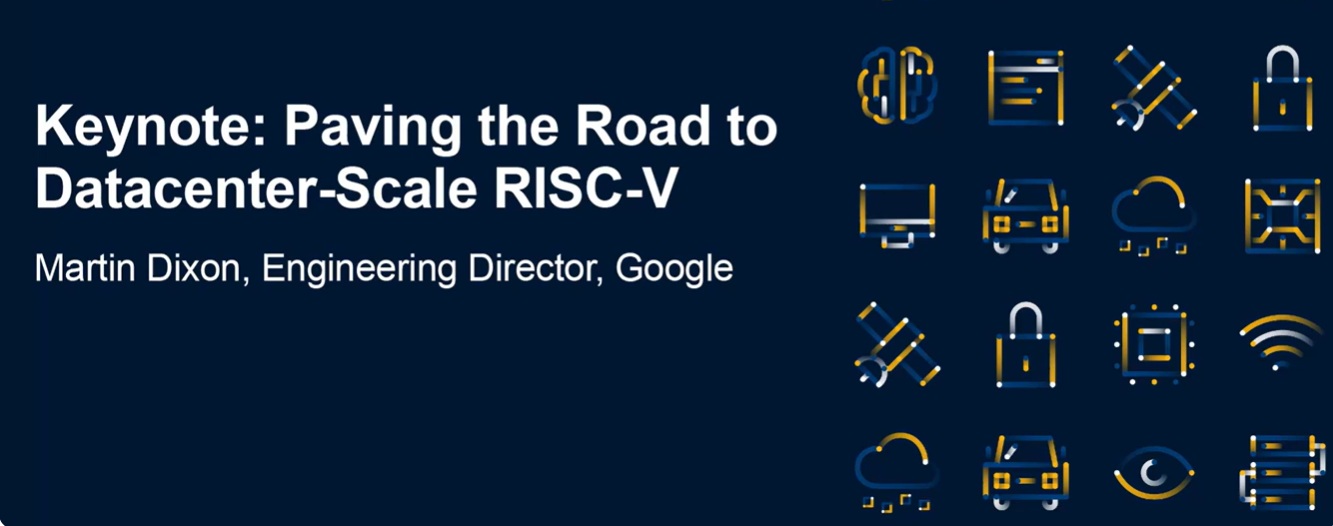Dan is joined by Dr. Danny Rittman, CTO of GBT Technologies. Danny has an extensive background in the R&D space and has been working for companies such as Intel, IBM, and Qualcomm. He has spent most of his career researching and inventing processor chips, as well as paving the way for futuristic AI software programs that can be… Read More
An earlier blog started with the topic of delivering 3D IC innovations faster. The blog covered the following foundational enablers for successful heterogeneous 3D IC implementation.
- System Co-Optimization (STCO) approach
- Transition from design-based to systems-based optimization
- Expanding the supply chain and tool
…
Read More
When discussing FPGA-based prototyping, we often focus on how to pour IP from a formative SoC design into one or more FPGAs so it can be explored and verified before heading off to a foundry where design mistakes get expensive. There’s also the software development use case, jumpstarting coding for the SoC before silicon … Read More
Many types of designs, including analog designs, MEMs, and image sensors, require electrically matched configurations. This symmetry has a huge impact on the robustness of the design across process variations, and its performance. Having an electrically matched layout basically means having a symmetric layout. To check … Read More
In a two-part series, Lauro Rizzatti examines why three kinds of hardware-assisted verification engines are a must have for today’s semiconductor designs. To do so, he interviewed Siemens EDA’s Vijay Chobisa and Juergen Jaeger to learn more about the Veloce hardware-assisted verification systems.
What follows is part one,… Read More
How does a General Motors executive react when they get a transfer to work at OnStar? “What am I going to tell my partner?”
Twenty-six years after its founding, OnStar remains an appendage to GM – a team set apart from the heart and soul of the larger company. Team members assert that the group is profitable, thanks to millions of GM… Read More
Last year, the U.S. Federal Communications Commission sought to resolve the lingering dispute over the use of 75MHs of Wi-Fi spectrum in the 5.9MHz range, previously allocated to the automotive industry for safety applications, by designating 45MHz of that spectrum for unlicensed use while preserving 30MHz for automotive … Read More
Dan is joined by Michael Hochberg, president at Luminous Computing. His career has spanned the space between fundamental research and commercialization for over 20 years. He founded four silicon photonics companies garnering a total exit value of over a billion dollars.
Dan explores the computing technology being built by … Read More
Charles Shi, semiconductor analyst at Needham & Company, an US-based investment bank and asset management firm, hosted an expert call on semiconductor cycles with Malcolm Penn, Founder and CEO of Future Horizons on 18 August 2022, with over 100 financial analysts in attendance. The following bulletin is a summary of the… Read More













Quantum Computing Technologies and Challenges